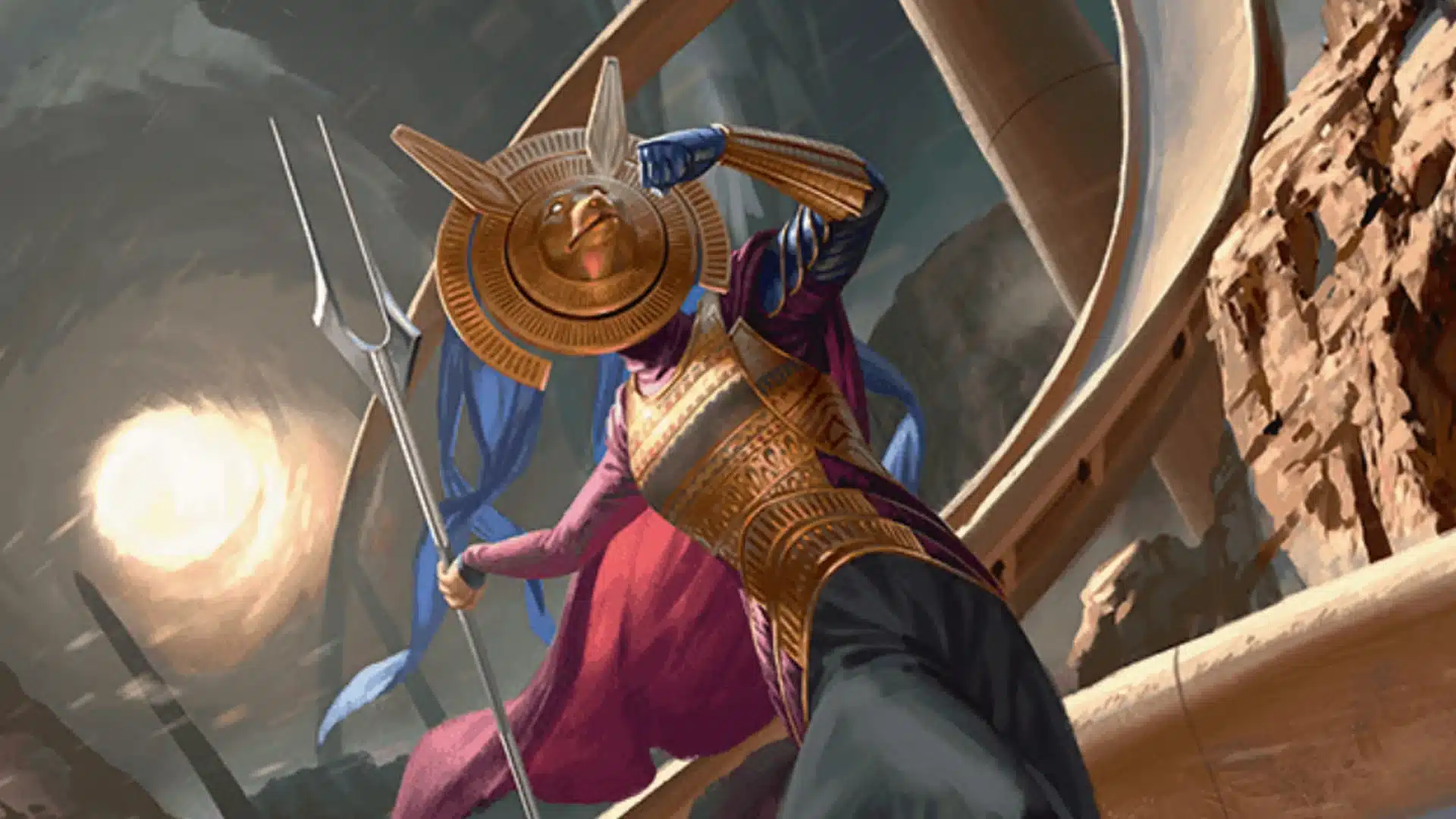
Red-based aggro decks have remained a dominant force in every new Magic: The Gathering (MTG) set due to their speed, efficiency, and adaptability. Aggro strategies, particularly those centered on Red, capitalize on fast starts, cheap creatures, and direct damage spells to close out games before opponents can stabilize.
This fundamental approach aligns well with MTG’s core mechanics and set design, ensuring Red-based aggro always finds a place in the competitive meta.
One key reason for their consistent success is the simplicity and efficiency of Red’s game plan. Most MTG sets include aggressively-costed creatures and burn spells that allow players to deploy threats early and apply constant pressure. Cards like Lightning Bolt, Shock, and Play with Fire have set the standard for efficient burn spells, while creatures such as Monastery Swiftspear and Goblin Guide ensure early board presence. This speed forces opponents into a reactive position, often overwhelming slower strategies before they can execute their game plan.
Another factor is how well Red-based aggro adapts to each set’s mechanics and new tools. MTG designers frequently include mechanics that naturally fit Red’s aggressive playstyle, such as Haste, Prowess, or impulse draw. Even in sets that do not explicitly push Red aggro, the color often receives enough low-cost, high-impact cards to remain competitive. This adaptability allows Red Decks to incorporate new threats continuously while keeping its core strategy intact.
Red’s reliance on direct damage also contributes to its consistent strength. Unlike other aggressive colors that may need to rely on combat to close out games, Red has the unique ability to finish off opponents with burn spells and damage effects. One example is damaging opponents who use nonbasic lands.
This gives the deck resilience against board wipes or defensive creatures, as it can still win even if its creatures are removed. The ability to transition from an aggressive creature-based strategy to a more spell-driven burn plan ensures Red’s viability in multiple metagame.

Finally, Red-based aggro benefits from accessibility and consistency. These decks are often easy to build and pilot, making them attractive to both new and experienced players. Their streamlined strategy minimizes the risk of bad draws, as most cards contribute to the overall game plan of dealing damage quickly.
Additionally, since every new set tends to include aggressive Red cards, the archetype rarely suffers from the rotation restriction in Standard and remains viable in older formats like Pioneer and Modern. With these relevant factors in play, we can definitely say that the Red-based Aggro archetype is consistently thriving with every new MTG release.
Thanks for reading and until the next blog post.
